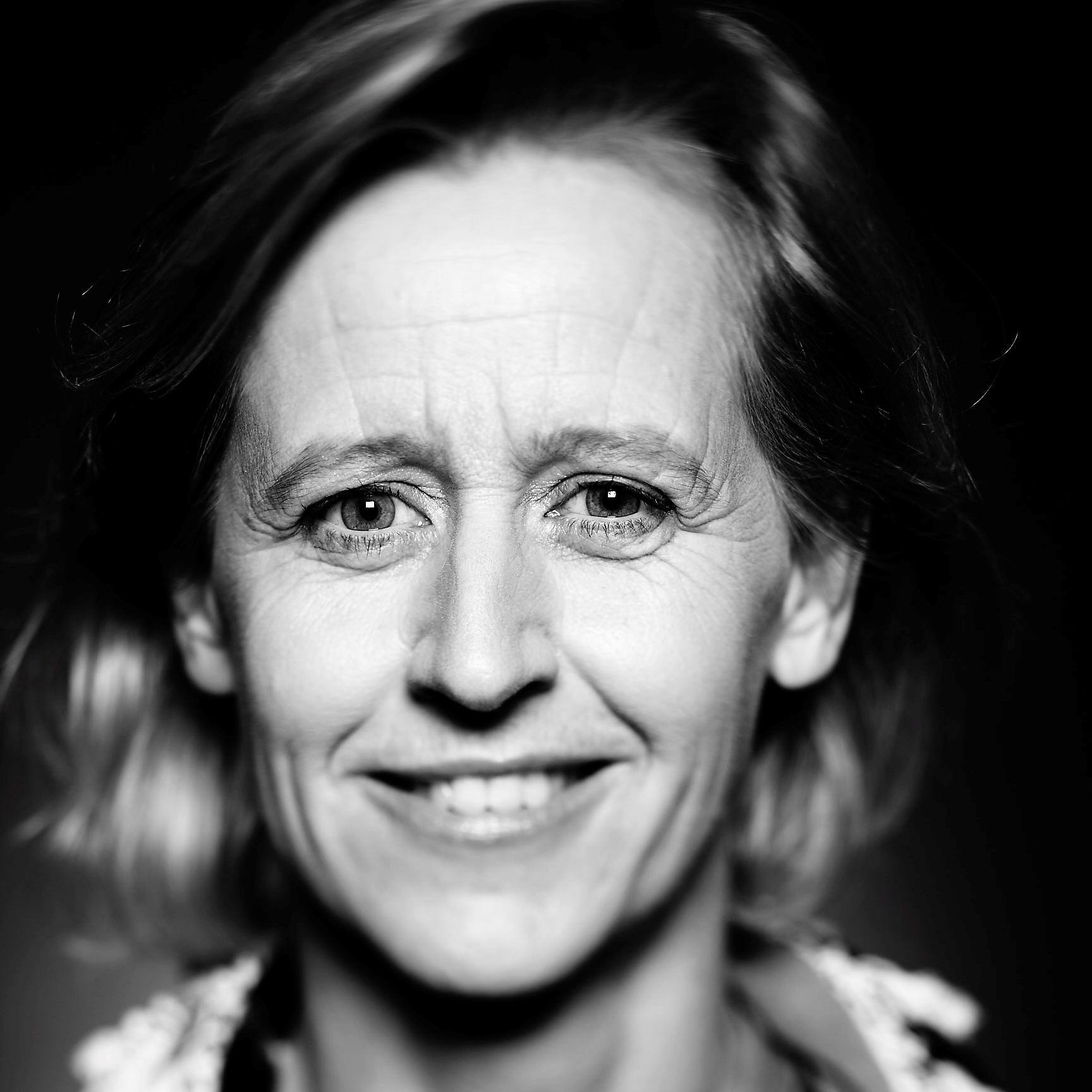 \
&
Contact us
\
&
Contact us
 \
&
Contact us
\
&
Contact us
Formalised under the structure of an institutionalised public-private partnership which ensures that research activities of the aviation industry are aligned with the European Union’s policy priorities, the Clean Aviation JU's programme focuses on three main areas:
These three main areas of research and development are further discussed in the Strategic Research and Innovation Agenda (SRIA).
The Clean Aviation JU has various operational objectives compared to 2020 state-of-the-art aircraft:
Clean Aviation Joint Undertaking builds on its predecessor, the Clean Sky 2 JU programme. As an institutionalised partnership, the Clean Aviation JU does not publish the call for proposals in the regular Horizon Europe work programmes. Rather, Clean Aviation publishes their own work programmes.
Partnerships group the EC and private and/or public partners, to coordinate and streamline the research & innovation initiatives and funding in some selected key domains.

Ria.debreucker@vlaio.be

Founded in 1999, Luciad serves clients in Europe, Asia and the Americas. Though it recently was acquired by Hexagon Geospatial, they kept an agile SME mindset. Thousands of end users work directly with Luciad’s geospatial applications, and major systems integrators (think Airbus Defense and Space, Lufthansa Systems, NATO, Thales…) incorporate its software in their own products.
NCP Flanders went to Leuven to interview Frederic Houbie, the Research Projects Manager at Luciad, about how he sees Horizon 2020. Luciad is a partner in the MARISA project, which is a collaborative RIA project submitted to an ICT call topic.